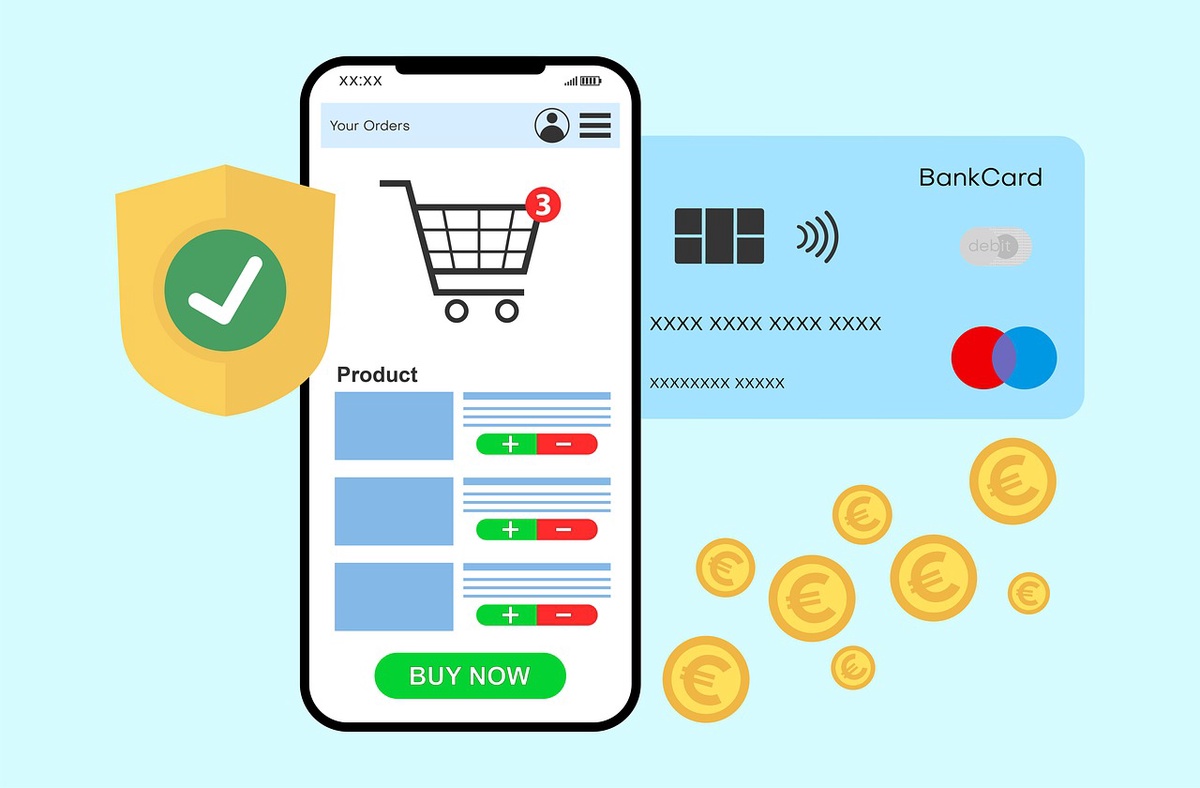In today's digital age, eCommerce has become a highly competitive and constantly evolving space. With millions of products and services available online, it's becoming increasingly challenging for businesses to stand out and drive more sales.
One of the most effective ways to improve your eCommerce website's visibility and drive more traffic and sales is through SEO (Search Engine Optimization). SEO is the process of optimizing your website's content and structure to rank higher on search engine results pages (SERPs) and attract more relevant traffic to your website.
In this blog post, we'll discuss some of the best practices for optimizing your eCommerce product pages for SEO and driving more sales.
-
Conduct Keyword Research
Keyword research is the foundation of any successful SEO strategy. It involves identifying the keywords and phrases that your target audience is using to search for products or services related to your business.
Start by brainstorming a list of relevant keywords and phrases related to your products. Use keyword research tools like Google Keyword Planner, SEMrush, or Ahrefs to find more keyword ideas and estimate their search volume and competitiveness.
Once you have your list of keywords, prioritize them based on relevance, search volume, and competition. Use your primary keywords in your product titles, descriptions, and meta tags, but avoid overusing them as it can harm your SEO.
-
Optimize Your Product Titles
Your product titles are the first thing that your potential customers see when they search for your products online. Therefore, it's essential to create titles that are descriptive, unique, and keyword-rich.
Include your primary keywords in your product titles, but also make them attention-grabbing and compelling. Keep them concise and avoid using all caps, special characters, or unnecessary punctuation.
-
Create Unique Product Descriptions
Your product descriptions play a crucial role in persuading your customers to make a purchase. It's essential to create descriptions that are unique, informative, and persuasive.
Avoid using manufacturer descriptions or copying content from other websites, as it can harm your SEO and lead to duplicate content issues. Instead, create original descriptions that highlight the benefits and features of your products and include relevant keywords.
Use bullet points and subheadings to break up your descriptions and make them easy to read. Also, consider including customer reviews and ratings to build trust and social proof.
-
Optimize Your Product Images
Images are a critical component of your eCommerce product pages. They can make or break your customers' purchasing decisions, so it's essential to optimize them for SEO and user experience.
Use high-quality images that showcase your products from multiple angles and in different contexts. Optimize your image file names and alt tags with descriptive keywords to help search engines understand the context of your images.
Also, compress your images to improve your website's loading speed and avoid using too many images that can slow down your website.
-
Improve Your Website Speed
Website speed is a crucial factor in both SEO and user experience. A slow-loading website can harm your SEO and lead to a high bounce rate, resulting in lost sales and revenue.
Use tools like Google PageSpeed Insights, GTmetrix, or Pingdom to test your website's speed and identify areas for improvement. Consider optimizing your images, minifying your CSS and JavaScript, and using a content delivery network (CDN) to improve your website's loading speed.
6. Use Schema Markup
Schema markup is a type of structured data that helps search engines understand the content of your website and display rich snippets in the search results.
Use schema markup to provide additional information about your products, such as pricing, availability, reviews, and ratings. This can help you stand out in the search results and drive more traffic and sales to your eCommerce website.
7. Optimize Your Website for Mobile
Mobile devices account for more than half of all website traffic, so it's essential to optimize your eCommerce website for mobile devices.
Use a responsive design that adapts to different screen sizes and resolutions. Also, optimize your website's loading speed, font sizes, and button placements for mobile devices.
8. Monitor Your Analytics
Finally, monitor your website's analytics to track your SEO performance and identify areas for improvement. Use tools like Google Analytics or SEMrush to track your website's traffic, rankings, and conversion rates.
Analyze your website's performance data regularly and make data-driven decisions to optimize your eCommerce product pages and drive more sales.
Conclusion
Optimizing your eCommerce product pages for SEO can help you attract more relevant traffic, improve your website's visibility, and drive with NYC SEO Agency helps more sales and revenue. Use the best practices discussed in this blog post to optimize your product titles, descriptions, images, meta tags, backlinks, and schema markup.


No comments yet